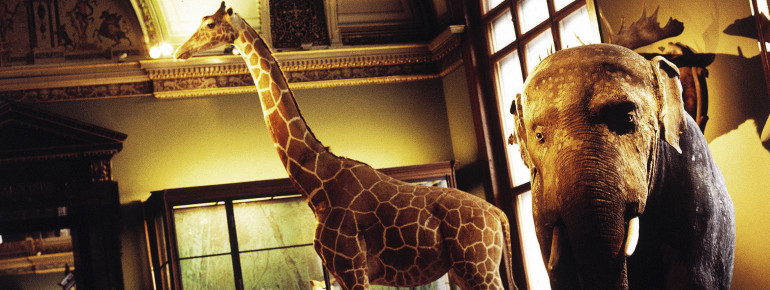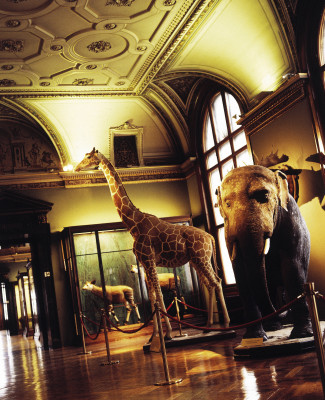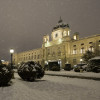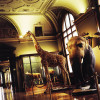Contents
Description
At the Natural History Museum in Vienna's MuseumsQuartier, you can marvel at 30 million exhibits as you pass through 39 different rooms. Most famous ones include the 29,500 year old Venus of Willendorf, the extinct Steller's sea cow, and the world's largest and oldest collection of meteorites.
Scientific fields
The exhibits can be divided into seven areas: minerals and stones; history and fossils; dinosaurs; ice age; evolution and prehistory; anthropology; and microcosm and animals. The museum features special exhibitions as well as a digital planetarium where live presentations from the fields of astronomy, biology, prehistory, and palaeontology take place every day.
Further facilities
Furthermore, you can take part in workshops and presentation as well as guided tours through the museum that include access to the roof. There are several public libraries at the museum, featuring books and journals on the represented areas of study. The museum's research departments employ around 60 scientists, making it one of Austria's largest non-universitary research institutions. Its architecture gives the museum an air of being a „cathedral of science“. There is a cafe as well as a restaurant.
Historical Information
In 1750, Emperor Franz Josef bought the natural history collection that was the largest and most famous of its time. It included 30,000 objects, and served as the basis for today's Natural History Museum. At 250 years, it is one of the oldest collection of the museum.
As the Emperor kept acquiring further collections, the initial space at the Hofburg no longer sufficed. Hence, architects Gottfried Semper and Carl Hasenauer were entrusted with the task of building a new structure to hold the Natural History Museum. Construction started in 1871, and took less than 20 years. The museum opened its doors in 1889.
Interesting facts
- The day pass at Natural History Museum is €18 making it one of the 10 cheapest tourist Attractions in Vienna.
How to get there
On public transport
Subway lines U2, U3 ("Volkstheater")
Tram lines 1, 2, 46, 49, 71, D
Bus line 48A
By car
As the Natural History Musem is located right at Vienna's city centre, access by car can be somewhat difficult. However, there is a covered car park at MuseumsQuartier, or you can park your car at Schmerlingplatz.








